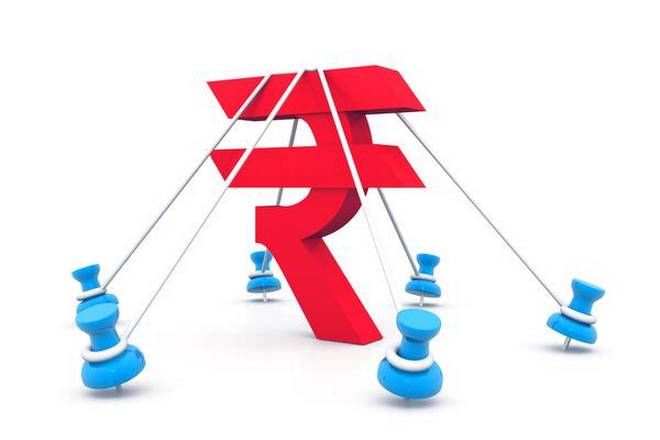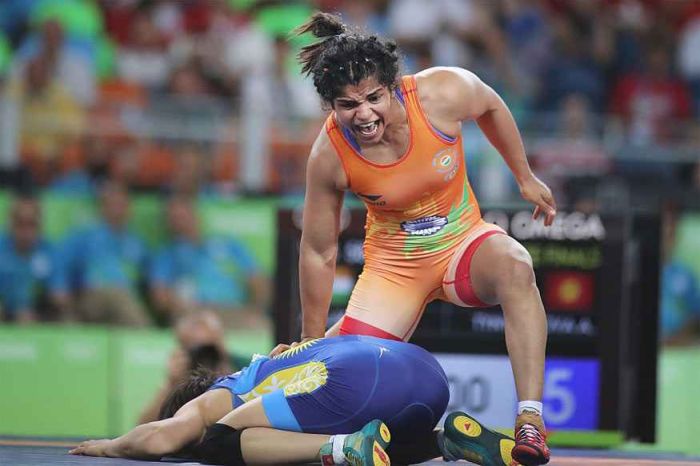By: Bhaskar Dutta
The travails of the rupee have dominated newspaper headlines over the last fortnight. Its value has fallen precipitously against the dollar, and is now hovering around the 72 level; it was just under 64 at the beginning of the year. There is now intense debate in the media on whether the Reserve Bank of India (RBI) should step in and take steps to defend the dollar.
The U.S. honeypot
Finance Minister Arun Jaitley has rightly observed that external factors are the cause. In particular, global capital and perhaps currency speculators have been flocking to the American economy. This is not really surprising because the U.S. economy has become a very attractive option. Some months ago, U.S. President Donald Trump announced a massive decrease in corporate tax rates. More recently, the U.S. Federal Reserve has also increased interest rates. The icing on the global investors’ cake is the booming U.S. economy.
Not surprisingly, the dollar has appreciated sharply against practically all other currencies too. For instance, it has moved up against both the euro and the pound. Developing economies are typically even harder hit since global portfolio investors tend to withdraw from these markets, perhaps because their economic or political fundamentals are relatively more unstable. Countries such as Turkey and South Africa have experienced significantly higher rates of devaluation than India.
A long time ago, the ‘standard’ or textbook prescription for countries with severe balance of payments deficits was to devalue their currencies. The underlying rationale was that devaluation decreases the price of exports in foreign countries and so provides a boost to exports by making them more competitive. Correspondingly, imports become more expensive in the domestic economy, in turn reducing the volume of imports. Unfortunately, this seemingly plausible reasoning does not always work. For instance, if several countries are devaluing at the same time — as it seems to be happening now — then none of these countries benefit from their exports being cheaper abroad. In other words, there may not be any surge in Indian exports following the current round of devaluation. Neither will there be a huge fall in imports. Crude oil is by far the biggest item in the list of Indian imports, and this is price-inelastic. Imports from China now constitute a tenth of overall imports. Since the yuan has also depreciated against the dollar, there is not much reason to believe that Chinese imports will be costlier than earlier.
Ripple effects
Fortunately, the RBI has a huge stock of foreign exchange reserves and so the balance of payments situation is not (at least in the immediate future) the main cause of anxiety for the steady decline in the value of the rupee. What must concern policy-makers is that the slide in the rupee can have adverse effects on the domestic economy. For instance, the surge in the landed price of crude oil has already resulted in a steep rise in the prices of petroleum and diesel. Diesel price hikes increase the cost of transportation of goods being transported by road. Unfortunately, many food items fall in this category. Obviously, any increase in food prices must set alarm bells ringing in the Union Finance Ministry. The devaluation will also increase prices of imported inputs, particularly those for which there are no alternative domestic sources of supply. This can have some effect on output expansion. Many domestic companies that have taken dollar loans will also face significantly higher servicing costs.
Corrective options
What are appropriate policy responses in such a situation? Should the monetary and fiscal authorities sit tight, hope and pray that self-correcting mechanisms will gradually cause the rupee to appreciate against the dollar? Or should the RBI and the government come out with guns blazing? Certainly, neither the government nor the RBI can afford the option of inaction. The other extreme of knee-jerk, overkill options must also be avoided. Luckily, there are several moderate but effective instruments available to the government.
Consider, for instance, the problems caused by the spiralling prices of petroleum products. Both the Central and State governments earn huge revenues from excise duties and value-added tax (VAT) on petrol and diesel. In fact, excise duties were raised in the recent past by the Central government when crude oil prices were low, merely as a revenue-gathering device. Now that the rupee cost of crude has shot through the roof, the Centre should certainly lower duties. Rates of VAT should also be lowered by State governments. A small reduction in VAT may even be revenue neutral since VAT is levied as a percentage of price paid by dealer. Some State governments have done so. However, the Centre and most States are busy passing on the buck, because no one wants to part with tax revenue.
The RBI has several policy options. It could, of course, take the most direct route — of offloading large amounts of dollars. This would increase the supply of dollars and so check the appreciation of the dollar, but at the cost of decreased liquidity. Clearly, this weapon has to be used with caution. Of course, the RBI does intervene in the foreign exchange market from time to time to manage a soft landing for the rupee, and this has to continue.
The Central bank now has an explicit inflation target of 4%, a level that is almost certain to be breached if the rupee remains at its current level. This is very likely to induce the Monetary Policy Committee (MPC) of the RBI to raise interest rates again in order to dampen inflationary tendencies. But, the MPC must moderate any rate increase. Any sharp increase has an obvious downside risk to it — any increase in interest rates can have an adverse effect on growth. This can actually backfire if profitability of companies goes down. Any ‘big’ negative change in profitability may make foreign portfolio investors pull out of Indian stocks and actually exacerbate the rupee’s woes.
The NRI route again
Perhaps the best option for the government would be to borrow from non-resident Indians (NRIs) by floating special NRI bonds that have to be purchased with foreign exchange, and with maturity periods of at least three years. Interest rates have to be attractive, and investors must of course be protected from exchange rate fluctuations. Since interest rates in countries like the U.K. and even the U.S. are quite low, the promised interest rate does not really have to be very high by prevailing Indian levels.
This has been tried before, the last time being in 2013 when too the rupee was under stress. It worked then and there is no reason why it should not work again.
Hopefully, the storm will pass over and the rupee will soon find an equilibrium. In the near future, the rupee is unlikely to return to anything below 70 to the dollar. This should not be cause for much concern because the economy will adjust to the lower value of the rupee. What must be avoided is any sharp fluctuation in the exchange rate — in either direction. Much will depend on whether the economy can continue to grow at a reasonably high rate, for this will steady the nerves of portfolio investors and prevent them from pulling out of the Indian stock market.
Bhaskar Dutta is Professor, Ashoka University. The views expressed are personal.
Courtesy The Hindu






